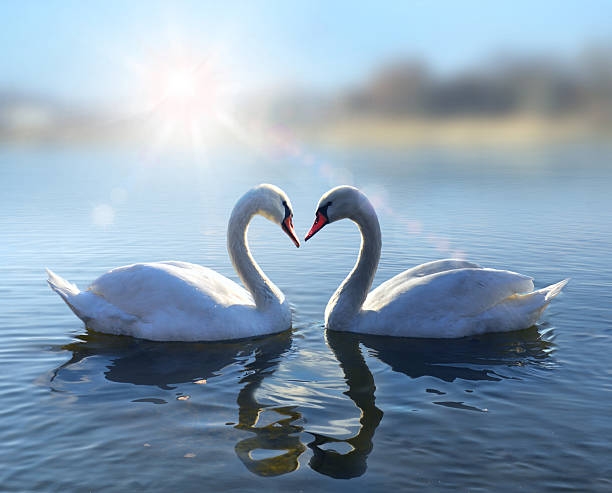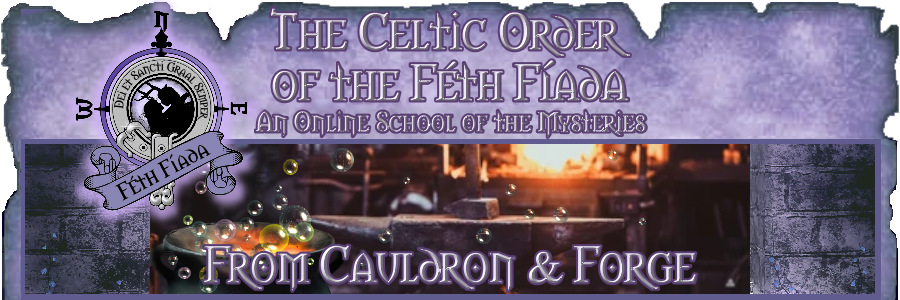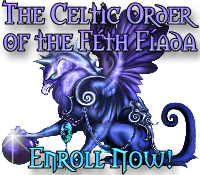St. Valentine’s Day approaches, and although it was not a feast day or a festival for the ancient Celts, they did celebrate romantic love.
The Irish, in fact, had what might be considered a God of Love, Oéngus or Oíngus Óg (Old Irish oíngus “one choice” > Middle Irish áengus > Irish aonghus + óg “young” > óc). He was said to be the son of the Good God — the Dagda — and of the Goddess Boann, while in Scottish folklore, he was the son of Beira, the Queen of Winter.
Either way, he was invariably depicted as a kind of “Prince Charming”:
Angus mounted his white steed and rode eastward to Scotland over the isles and over the Minch, and he reached the Grampians when dawn was breaking. He was clad in raiment of shining gold, and from his shoulders hung his royal robe of crimson which the wind uplifted and spread out in gleaming splendour athwart the sky.
An aged bard looked eastward, and when he beheld the fair Angus he lifted up his harp and sang a song of welcome, and the birds of the forest sang with him. And this is how he sang: —
Angus hath come — the young, the fair,
The blue-eyed god with golden hair —
The god who to the world doth bring
This morn the promise of the spring;
Who moves the birds to song ere yet
He bath awaked the violet,
Or the soft primrose on the steep,
While buds are laid in lidded sleep,
And white snows wrap the hills serene,
Ere glows the larch’s* vivid green
Through the brown woods and bare. All hail!
Angus, and may thy will prevail. . . .
He comes . . . he goes. . . . And far and wide
He searches for the Princess Bride.[1]*The larch is the first tree in Scotland which turns a bright green in springtime.
In Irish myth, Óengus dreams of a fair maiden and falls in love with her. Every night, he would see her standing beside his bed, but whenever he reached out for her, she would evanesce. After a year of this, he was desperately ill with lovesickness for her and determined to find her.
Her name was Caer Ibormeith (Plump or Succulent Yewberry), and she was the daughter of Prince Ethal Anbúail. After three years of searching for her, Óengus finally visited Loch Bél Dracon (Lake of the Dragon’s Mouth), in Cruitt Cliach, where he discovered 150 girls chained in pairs, including Caer Ibormeith:
“…a chain of silver between each pair of birds. One bird among them, more beautiful than the birds of the world, with a neck ornament of red-gold about its throat. Three times fifity chains from it with an apple of gold on the end of every chain….”[2]
Every alternate Samain, which began at sunset, Caer Ibormeith would become a human woman, in which form she would remain for a year before the following Samain, when she would become a swan once more for a year.[3]
Told that he could marry her if he identified her correctly in her swan form, Óengus transformed himself into a swan, chose his beloved, circled the lake three times with her, then flew away with her to his dwelling place, Brú na Bóinne (Palace or Valley of the Boyne), where they sang beautiful music that lulled all who heard it to sleep for three days and nights. Caer Ibormeith remained with him forever after.[4]

Swans are predominately monogamous birds, who usually mate for life. So they have long been associated with love and romance — particularly as when they touch their heads together, as they often do in a sign of their love and affection, their beautiful heads and long, graceful necks form the shape of a heart.
In Celtic myth, swans are not only symbolic of love, but also of the soul and its journey to the Otherworld:
Eala brings us the qualities of soul — of love and depth, grace and beauty. Being associated with the Druid festival time of Samhuinn, the swan is also a bird of the threshold, and represents that part of us which can travel into the Otherworld.[5]
Last but not least, swans are connected with barques and chariots that bear the Sun into the dawn sky, in which instances their chains are symbolic of their Power and Magick.[6]
Happy Valentine’s Day!
APs Rhianwen Bendigaid
___________________
[1] Mackenzie, Donald Alexander, “Angus & Bride: The Battle of the Seasons.” Folklore Scotland. Web. 12 February 2023.
[2] Ross, Anne, “Chain Symbolism in Celtic Religion,” citing the Leabhar Breac, p. 242. JSTOR. Web. 12 February 2023.
[3] Flanagan, Kevin, “The Dream of Aengus (Aisling Óengus).” The Brehon Academy. Web. 12 February 2023.
[4] “The Dream of Oengus,” Early Irish Sagas, Jeffrey Gantz, trans. Jones’ Celtic Literature Collective. Web. 12 February 2023.
[5] Carr-Gomm, Philip and Carr-Gomm, Stephanie, The Druid Animal Oracle. Atria Books, 1995, p. 68.
[6] Ross, Anne, “Chain Symbolism in Celtic Religion.” JSTOR. Web. 12 February 2023.










